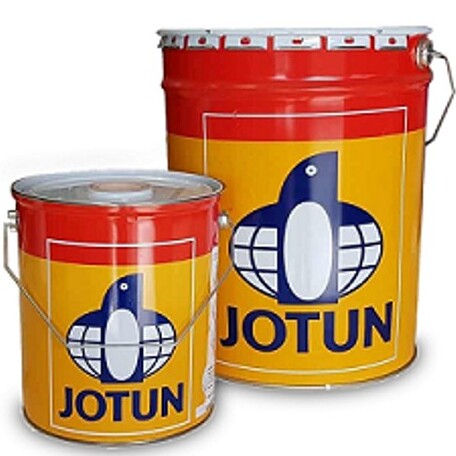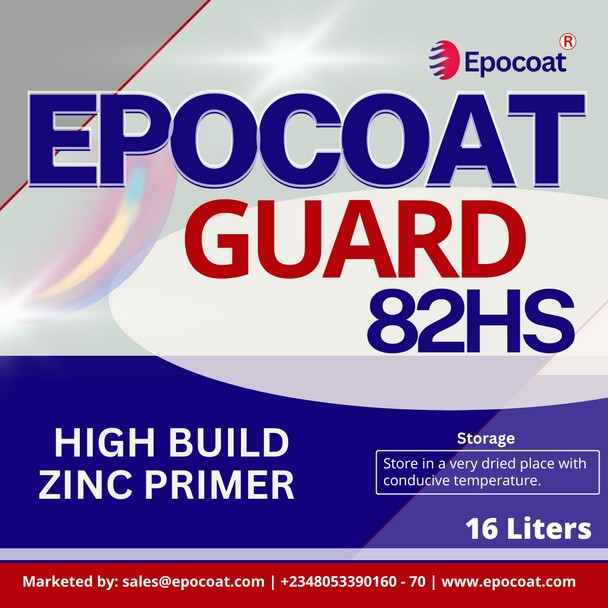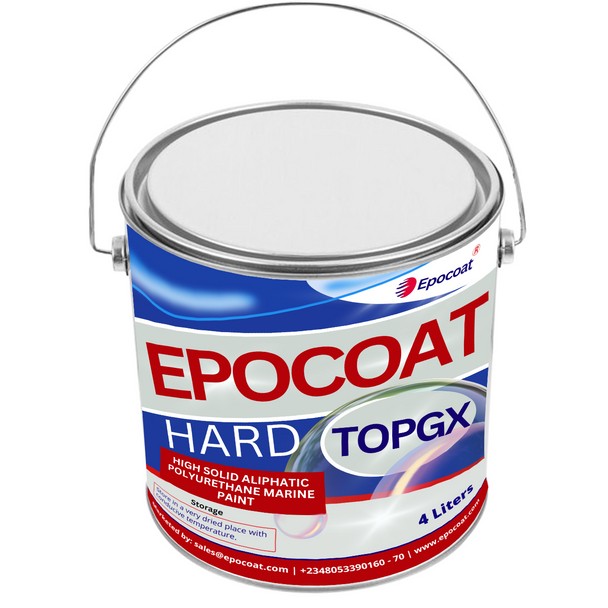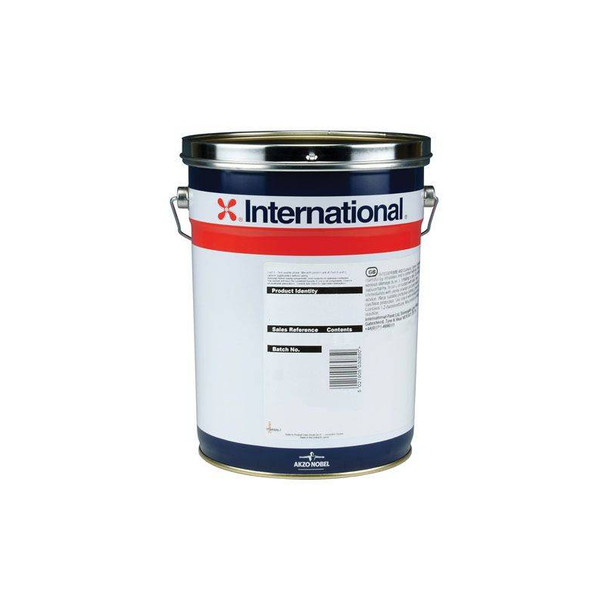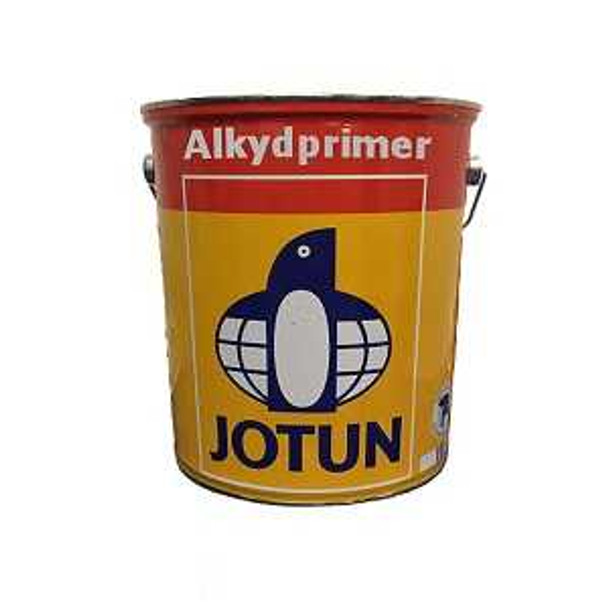The Toughest Marine Paints For Metal and Steel
Key takeaway:
Choosing the toughest marine paints for metal and steel, such as those offering high zinc content, superior UV resistance, and exceptional durability like Epocoat Guard 82 HS, Epocoat Build 150, Epocoat Hardtop GX and Epocoat Alykd Gloss ensures long-lasting protection against the harsh marine environment. This investment not only extends the lifespan of marine structures and vessels but also significantly reduces maintenance costs and downtime, providing both economic and operational benefits.
Learn more: Uses of Different Marine Paints and Their Application
Introduction
In the harsh marine environment, metal and steel surfaces are constantly exposed to corrosive elements like saltwater, UV radiation, and marine organisms. Marine paints are specially formulated to protect these surfaces, ensuring longevity and durability while maintaining aesthetic appeal. Marine paints protect metal and steel surfaces primarily by creating a robust barrier that prevents corrosive elements such as water, salt, and oxygen from reaching the underlying material. This barrier is crucial in reducing rust and corrosion, which are common issues in marine environments. Additionally, many marine paints, like zinc-rich primers, contain corrosion inhibitors that form a protective layer, sacrificing themselves to protect the metal underneath. These paints are also formulated to resist ultraviolet (UV) radiation from the sun, preventing degradation and maintaining both structural integrity and aesthetic appearance over time.
Epocoat Guard 82 HS (High Build Zinc Primer) stands out as one of the toughest marine paints available for metal and steel surfaces. This two-component zinc-rich epoxy primer is specifically designed to provide superior protection in aggressive environments such as offshore platforms, pipelines, refineries, and petrochemical plants. Its formulation includes approximately 92% zinc dust in the dry film, ensuring exceptional anti-corrosive properties. Compliant with SSPC paint 20 level. Epocoat Guard 82 HS offers excellent adhesion to bare steel, making it an ideal choice for new constructions and major repair projects. Its robust performance extends to marine and saline atmospheres, where it effectively resists corrosion and maintains structural integrity even in the harshest conditions.
This article will guide you through the toughest marine paints available, their key features, and how to choose the right marine paint for your needs.
Jotun marine paint hardtop clear AS
Importance of Marine Paints for Metal and Steel
Protection Against Corrosion and Rust
Marine paints create a barrier that prevents water and oxygen from reaching the metal surface, reducing the risk of rust and corrosion. This is crucial for the structural integrity and safety of marine vessels and structures.
Longevity and Durability in Harsh Marine Environments
The best marine paints are designed to withstand extreme conditions, including saltwater, sunlight, and mechanical abrasion. This durability translates to longer periods between maintenance and repainting, saving time and money.
Aesthetic Appeal and Maintenance
Marine paints not only protect but also enhance the appearance of metal and steel surfaces. A well-maintained paint job keeps vessels and structures looking new and professional, which can be important for commercial and recreational purposes.
Key Features to Look for in Marine Paints
Resistance to Saltwater and UV Radiation
Marine paints must be highly resistant to saltwater, which is extremely corrosive, and UV radiation from the sun, which can cause fading and degradation over time.
Adhesion to Metal and Steel Surfaces
A good marine paint will adhere strongly to metal and steel, preventing peeling and flaking. This ensures that the protective layer remains intact and effective.
Flexibility to Withstand Structural Movements
Marine structures and vessels often experience significant movement and stress. The paint must be flexible enough to move with the metal without cracking or peeling.
Anti-Fouling Properties to Prevent Marine Organism Growth
Anti-fouling paints contain biocides that prevent the growth of barnacles, algae, and other marine organisms that can damage the surface and reduce performance.
Top Marine Paints for Metal and Steel
1. Epocoat Guard 82 HS (High Build Zinc Primer)
Epocoat Guard 82 HS is a two-component zinc-rich epoxy primer designed for aggressive environments such as onshore and offshore structures, platforms, pipelines, refineries, petrochemical plants, and bridges. It is ideal for bare steel on new construction or major repairs.
Key Features:
- Contains approximately 92% zinc dust dry film
- Complies with SSPC paint 20 level
- Recommended as a system primer for highly aggressive environments
- Good corrosion resistance in marine and saline atmospheres
- Dries at temperatures down to -10°C
Pros and Cons:
Pros: High zinc content, excellent corrosion resistance, suitable for low temperatures
Cons: Requires thorough surface preparation, may need specific application techniques
2. Epocoat Build 150 (High Build High Solid Epoxy Mastic Coating)
Epocoat Build 150 is a two-component, high-build, high-solid epoxy mastic coating pigmented with glass flake. It is designed for areas where optimal surface preparation is not possible and can be used as a primer, midcoat, finish coat, or single coat system.
Key Features:
- Surface tolerant with excellent corrosion resistance
- Can be applied via airless spray, brush, or roller
- Suitable for coastal and industrial polluted environments
- Resists high humidity and moisture
Pros and Cons:
Pros: Versatile application, high performance in harsh environments, excellent corrosion resistance
Cons: Requires careful application to achieve desired thickness, limited pot life
3. Epocoat Hard Top GX (High Solid Aliphatic Polyurethane Marine Paint)
Epocoat Hardtop GX is a two-component aliphatic polyurethane coating with outstanding exterior weather resistance and excellent color and gloss retention. It is resistant to splashes of various oils and mild chemicals.
Key Features:
High gloss topcoat with outstanding weather resistance
Resistant to a wide range of corrosive atmospheres
Can be applied at high DFT
Cures at a wide range of temperatures
Pros and Cons:
Pros: Excellent gloss and color retention, highly durable, suitable for various environments
Cons: Requires proper application tools and techniques, higher cost due to advanced properties
4. Epocoat Alykd Gloss
The Epocoat Alykd Gloss is a One component premium quality full gloss paint formulated with high solids alkyd resin. It has a high gloss finish with good gloss retention and is suitable for Industrial and offshore use as well as new build and maintenance projects. It can be used on interior and exterior surface also as topcoat in atmospheric environments
This marine paint is recommended for offshore use: engines, topside, deck and superstructure and Industrial use such as buildings and general structural steel. This Epocoat Alkyd Gloss can be applied on existing alkyd, epoxy and polyurethane coatings
Product Features of Epocoat Alykd Gloss
- Surface dry time: 4Hrs
- Hard dry time: 24Hrs
- Gloss level: Above 65 units@ 20oGH
- Heat resistance: >100 °C
Comparative Chart of Top Marine Paints
| Product | Component/variable shade | Method | Flash point | Heat resistant | Coat | Solid volume |
Epocoat Guard 82 HS | Two | - | - | - | One to two | - |
Epocoat Build 150 | Two / Gloss | ASTM D2697 | 28 °C/73 °F | - | One to two | 85% +/-2 |
Epocoat Hard Top GX | Two/ Gloss | ASTM D2697 | 33°C | >100 °C | One to two | 50% +/-2 |
Epocoat Alkyd Gloss | One/Gloss | - | - | >100 °C | - | - |
Application and Drying Times:
Step | Epocoat Guard 82 HS | Epocoat Build 150 | Epocoat Hard Top GX | Epocoat Alkyd Gloss |
Spray method | Airless spray equipment | Airless spray equipment | Airless spray equipment | Airless spray equipment |
Thinner type | Thinner 100 | Thinner 100 | Thinner 100 | Gloss Thinner |
surface Temperature | 60 °C | 60 °C | 60 °C | - |
Cure period | 7 days | 7 days | 7 days | 24 hrs |
International Paint Interbond 201 20L
How to Choose the Right Marine Paint for Your Needs
1. Assessing the Environment and Conditions
Consider the specific conditions your metal or steel surface will be exposed to, such as saltwater immersion, UV exposure, and physical wear and tear. Choose a paint that matches these conditions.
2. Compatibility with Existing Coatings
Ensure that the new marine paint is compatible with any existing coatings on the surface. Incompatible paints can lead to peeling, blistering, and reduced effectiveness.
3. Application Methods and Tools
Different marine paints may require specific application methods, such as brushing, rolling, or spraying. Choose a paint that aligns with your preferred application method and the tools you have available.
4. Budget Considerations
While it's important to invest in high-quality marine paint, consider your budget. Some premium options offer superior protection but come at a higher cost. Balance quality with affordability based on your needs.
Application Tips and Best Practices
1. Surface Preparation
Proper surface preparation is critical for ensuring that marine paint adheres well and provides maximum protection.
2. Cleaning and Degreasing
Remove all dirt, grease, and contaminants from the surface using appropriate cleaners. This step ensures a clean base for the paint to adhere to.
3. Sandblasting and Priming
For heavily corroded or previously painted surfaces, sandblasting may be necessary to remove rust and old paint. Follow with a suitable primer to enhance adhesion and provide additional protection.
4. Application Techniques
Brushing vs. Rolling vs. Spraying
Choose the application method that suits the size and shape of the surface. Brushing and rolling are suitable for smaller areas, while spraying is ideal for large, complex surfaces.
5. Number of Coats and Drying Times
Jotun Marine Paint AlkydPrimer
Maintenance and Recoating
1. Regular Inspection and Touch-Ups
To extend the lifespan of your marine paint job, perform regular inspections. Look for signs of wear, damage, or marine growth. Address any issues promptly with touch-up paint to prevent further deterioration.
2. Signs That It’s Time to Recoat
Fading or Chalkiness: UV radiation can cause the paint to fade or become chalky over time.
Peeling or Blistering: This can indicate that the paint is no longer adhering properly.
Rust or Corrosion: Any signs of rust or corrosion suggest that the protective barrier has been compromised.
3. Tips for Extending the Lifespan of Your Marine Paint Job
Proper Cleaning: Regularly clean the surface to remove salt, dirt, and other contaminants.
Protective Coatings: Consider applying a clear protective coating over the marine paint for added durability.
Environmental Protection: Where possible, protect the painted surface from extreme environmental conditions.
Case Studies and Testimonials
Commercial Shipping Vessel:
A commercial shipping company used Epocoat Guard 82 HS on their fleet's underwater metal surfaces. The zinc-rich primer provided superior corrosion resistance, significantly reducing maintenance costs and downtime.
Recreational Yacht:
A yacht owner applied Epocoat Hard Top GX to their vessel's deck and superstructure. The high-gloss, UV-resistant finish kept the yacht looking new while providing excellent protection against saltwater and environmental wear.
Feedback from Marine Industry Professionals
Marine Engineer: Using the right marine paint can significantly reduce maintenance costs and extend the life of metal structures. We've had great success with Epocoat Build 150 for topside and underwater applications."
Boat Maintenance Specialist: "Epocoat Hard Top GX has been our go-to for topside applications. Its weather resistance and color retention are unmatched, making it worth the investment.
Frequently Asked Questions (FAQs)
What is the best marine paint for steel hulls?
Answer: Epocoat Guard 82 HS (High Build Zinc Primer) is highly recommended for steel hulls due to its excellent anti-corrosive properties and high zinc content.
How often should I recoat my boat's marine paint?
Answer: It depends on the paint type and environmental conditions, but generally, a new coat is needed every 2-3 years for topside paints and every 1-2 years for antifouling paints.
Can I apply marine paint over existing paint?
Answer: Yes, but ensure the existing paint is in good condition and compatible with the new paint. Proper surface preparation, including cleaning and priming, is essential.
What is the difference between topside and bottom paint?
Answer: Topside paint is designed for areas above the waterline and focuses on UV resistance and aesthetics. Bottom paint, or antifouling paint, is for areas below the waterline and prevents marine organism growth.
Is marine paint environmentally friendly?
Answer: Some marine paints contain biocides and other chemicals that can be harmful to the environment. However, there are eco-friendly options available that minimize environmental impact.
Conclusion
Choosing the right marine paint for metal and steel surfaces is crucial for protection, durability, and aesthetics. Key features to look for include resistance to saltwater and UV radiation, strong adhesion, flexibility, and antifouling properties. Regular maintenance and proper application techniques can significantly extend the lifespan of your marine paint job. The flexibility and durability of marine paints allow them to withstand the mechanical stresses and movements typical in marine settings, ensuring long-lasting protection and reducing the need for frequent maintenance and repairs.
Investing in high-quality marine paint can save you time and money in the long run by reducing maintenance needs and extending the life of your metal and steel surfaces. Whether you're protecting a commercial vessel, recreational boat, or any marine structure, the right paint makes all the difference.
For more information on the best marine paints and to purchase high-quality products, visit GZ Industrial Supplies. Explore our wide range of marine coatings and find the perfect solution for your needs.
This comprehensive guide aims to equip you with the knowledge to choose and apply the toughest marine paints for metal and steel, ensuring your surfaces are well-protected and looking great for years to come.
Further Reading
The best marine paint suppliers
Most demanded paint equipment in Nigeria


